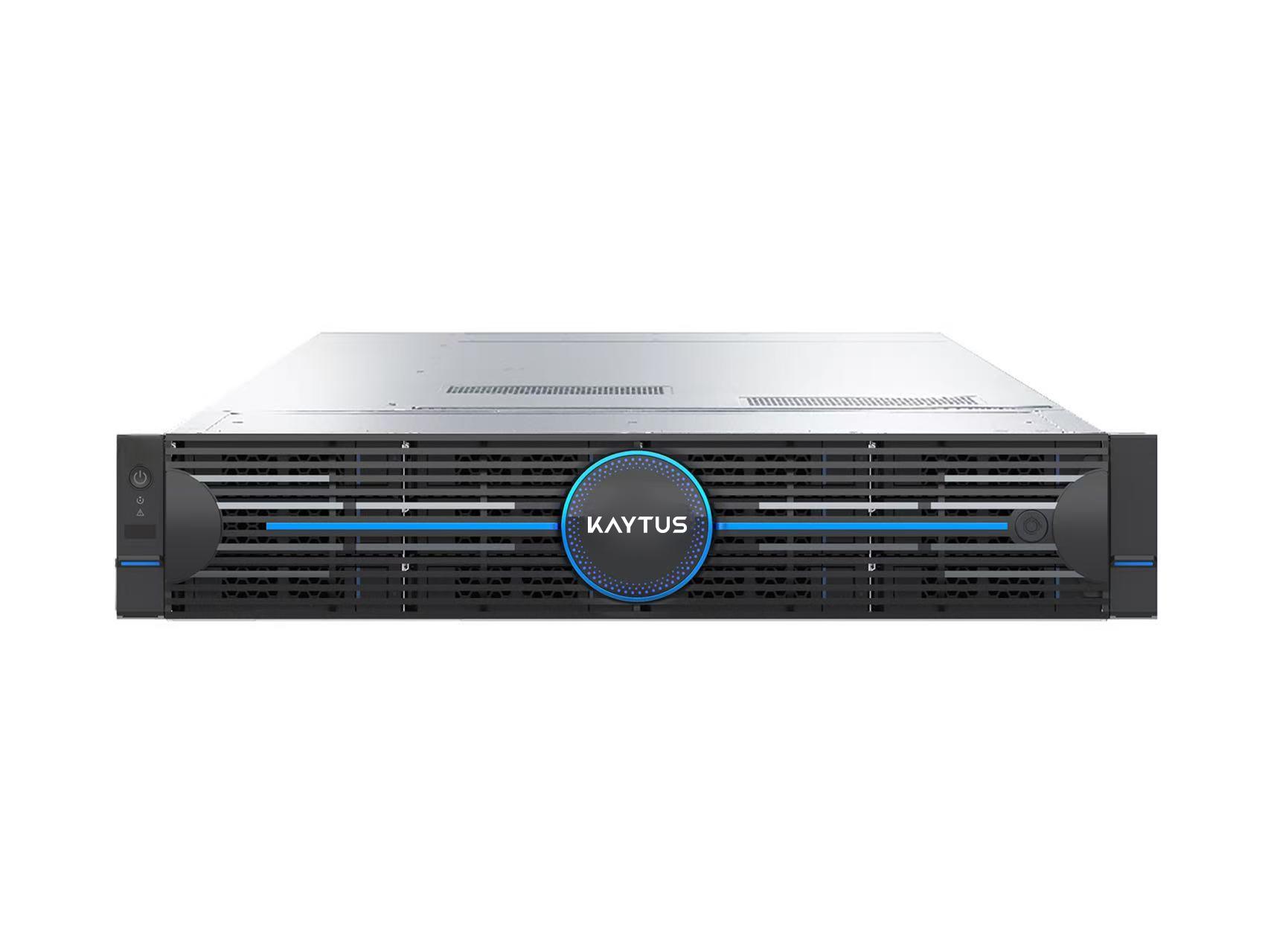In the world of IT infrastructure, two certainties exist: the need for robust performance and the constant challenge of managing costs. While we often focus on hardware acquisition prices and software licenses, a silent budget killer lurks in the background: power consumption. For any business running on-premises servers or managing a data center, understanding and predicting energy usage isn't just good practice—it's essential for financial and environmental sustainability.
This is where a server power consumption calculator becomes an indispensable tool. But what exactly is it, how does it work, and how can you use it effectively? Let’s break it down.
What is a Server Power Consumption Calculator?
A server power consumption calculator is a tool, either software-based or a web application, designed to estimate the power draw of a server or an entire IT infrastructure. It moves beyond the simplistic (and often highly inaccurate) nameplate rating on a power supply unit (PSU)—which indicates maximum theoretical draw—and provides a more realistic view of energy use under typical workloads.
These calculators use complex algorithms that factor in various components and their states to generate a reliable estimate measured in Watts (W) or Kilowatts (kW).
Key Inputs: What Goes Into the Calculation?
The accuracy of any server power consumption calculator hinges on its inputs. A sophisticated tool will ask for detailed information:
1. Hardware Components: This is the core data. You'll input details like:
CPU: Model, number of sockets, cores, and its Thermal Design Power (TDP) rating.
Memory (RAM): Number and type of DIMMs (e.g., DDR4, DDR5).
Storage: Type (HDD vs. SSD), number, and capacity of drives. HDDs typically draw more power, especially during spin-up.
GPUs/Accelerators: Often the biggest power hogs in a system, critical for AI, ML, and graphics workloads.
Power Supply Unit (PSU): Its efficiency rating (80 Plus Platinum, Gold, etc.) is crucial, as inefficiencies turn into wasted heat.
2. Utilization Rate: A server rarely runs at 100% CPU utilization 24/7. A good server power consumption calculator allows you to specify an average utilization percentage (e.g., 30%, 60%), dramatically refining the estimate from a worst-case scenario to a real-world figure.
3. Workload Profile: Is the workload constant, or does it have significant peaks and valleys (e.g., batch processing at night)? Some advanced calculators can model different workload patterns.
4. Environmental Factors: While not always included, some calculators might ask for data center cooling efficiency (PUE - Power Usage Effectiveness) to estimate the total facility energy overhead.
Why You Absolutely Need to Use One
The benefits of using a server power consumption calculator extend far beyond simple curiosity.
Cost Forecasting and Budgeting: By converting Watts into Kilowatt-hours (kWh) and applying your local energy rate, you can predict your monthly and annual electricity costs for a specific server or your entire rack. This allows for precise budgeting and reveals the true Total Cost of Ownership (TCO).
Infrastructure Planning: Before deploying a new server, you can answer critical questions: Do I have enough power capacity in my rack? Will my current cooling solution be sufficient? This prevents costly over-provisioning or dangerous under-provisioning of power circuits.
Sustainability Goals: Calculating your carbon footprint starts with understanding your energy consumption. This data is vital for reporting on ESG (Environmental, Social, and Governance) goals and making informed decisions to reduce your environmental impact.
Informed Procurement: When comparing new server hardware, evaluating their projected power draw can influence your purchasing decision. A slightly more expensive but vastly more efficient server can pay for itself in reduced energy costs over its lifespan.
Popular Types of Calculators
Vendor-Specific Calculators: Major manufacturers like Dell, HPE, and Intel offer detailed calculators tailored to their specific hardware. These are often highly accurate for their own products.
Third-Party and Utility Tools: Many energy agencies and IT management software providers offer generalized calculators. These are useful for getting a baseline estimate or for environments with mixed hardware.
Data Center Infrastructure Management (DCIM) Software: These comprehensive platforms include power calculation modules as part of a broader suite for managing data center assets, capacity, and energy efficiency.
The Bottom Line
A server power consumption calculator is more than just a number-crunching tool; it's a lens into the operational efficiency and future cost of your IT infrastructure. By investing a small amount of time in inputting your data, you gain powerful insights that lead to smarter financial decisions, improved capacity planning, and a more sustainable operation.
In today's world, ignoring your power draw is like sailing a ship without checking the fuel gauge. Use a calculator, take command of your energy usage, and steer your business toward a more efficient and profitable future.
Demystifying Your Data Center's Energy Bill: The Ultimate Guide to Server Power Consumption Calculators

